-
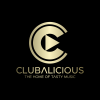 play_arrow
play_arrow
Clubalicious Clubalicious Radio
-
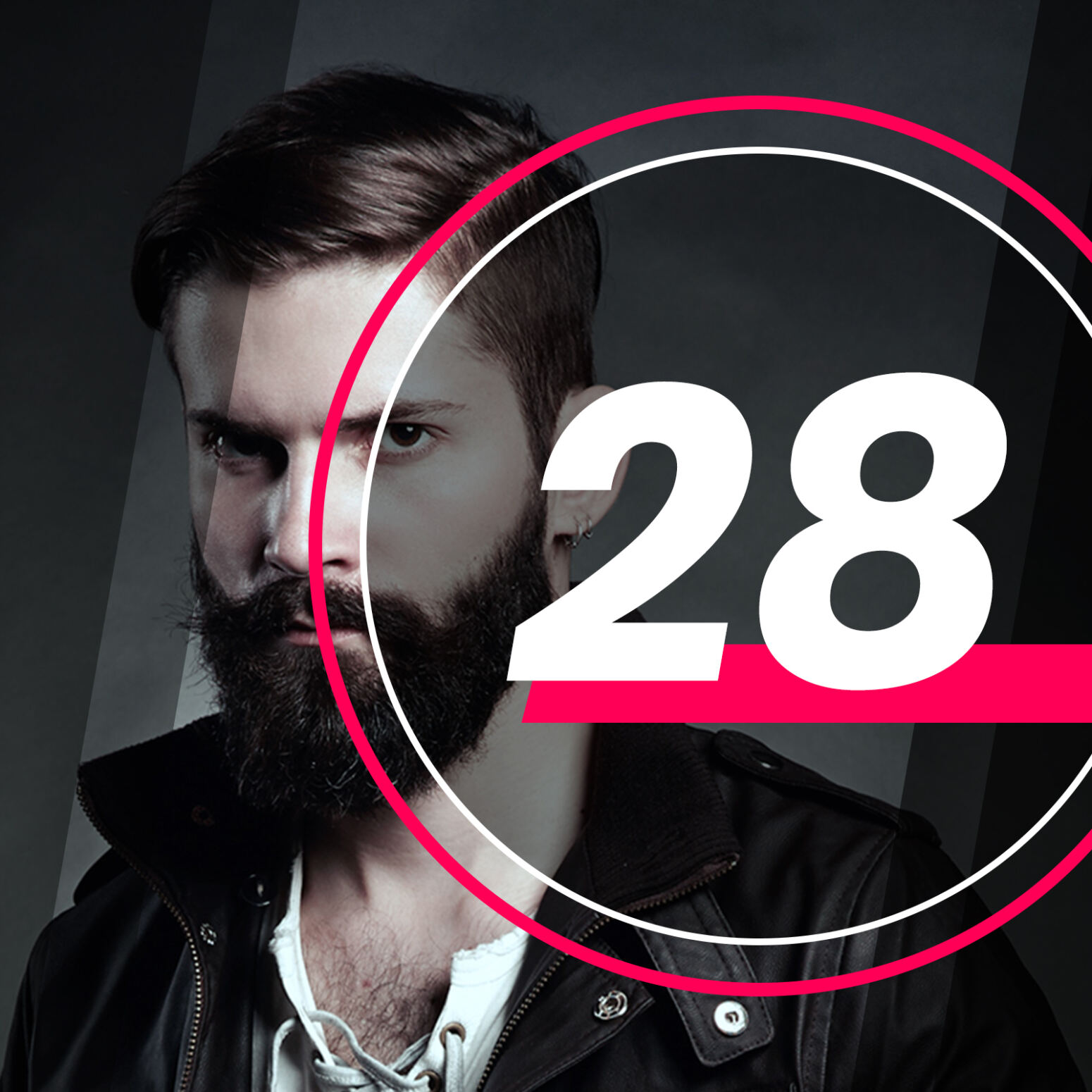 play_arrow
play_arrow
London Calling Podcast Yana Bolder
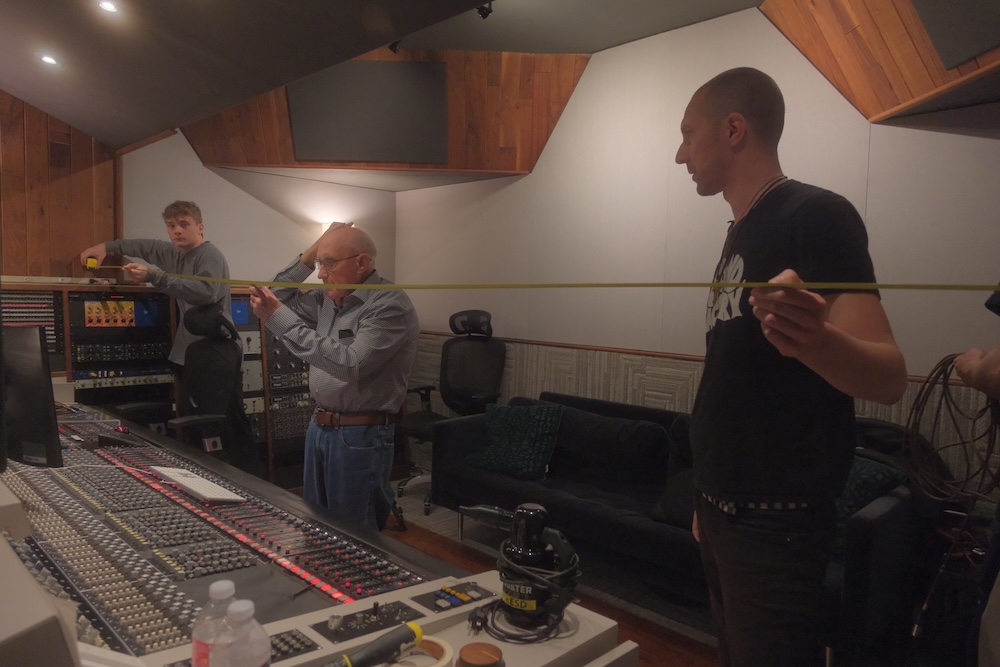
Los Angeles, CA (November 12, 2024)—In the December 1964 issue of Billboard magazine, a brief news item reported: “Moonglow Records has begun recording at its own studio, 6359 Selma Avenue.” Within three years, the label, established in 1958 and briefly home to the Righteous Brothers, would be sold off. However, the recording studio, now better known as the Sound Factory, never closed, and this year is celebrating 60 years of continuous operation in the heart of Hollywood.
Former RCA and Warner/Reprise staff engineer and producer David Hassinger renamed the facility when he bought the building in 1969, attracting Marvin Gaye, the Jackson 5, Linda Ronstadt, Jackson Browne, James Taylor and a host of others to record there. In 1980, Paul and Tutti Camarata, owners of Sunset Sound Recorders, just a block or two away, acquired the facility at auction. They subsequently grew the client list to include everyone from Sheryl Crow to Red Hot Chili Peppers.
In 2017, ownership quietly changed hands again, and the Sound Factory entered the latest chapter in its history, adding a new generation of artists to the client list: Doja Cat, H.E.R, SZA, Lizzo, Mark Ronson and Dua Lipa, to name but a few. Bringing things full circle, the new owners have also launched a label, Sound Factory Records. Leo Mellace, studio partner, music producer and label president, comments, “It’s the natural evolution of the incredible history of championing new artists that this studio has had.” The label has signed and developed two new artists who both have one billion streams.
Maintaining the legacy of one of Hollywood’s iconic recording studios while continuing to build the brand was part of his pledge to Paul Camarata, Mellace says: “One of the things that I think tipped the scales on the studio sale was that I told him that we’re going to keep the studio going for many years to come. We’re committed.”

“Over the years in L.A., we had taken over quite a few older studios,” says studio manager Cameell Hanna. One day, while giving uberproducer Mark Ronson a tour of Serenity West Recording in Hollywood, he recalls, “Mark said, ‘My desire would be to be at a place like Sound Factory.’ That was the week we were closing on Sound Factory; nobody knew we were purchasing it. So Mark came in with us on day one.”
With Ronson in Studio A, the B room, outfitted with a custom API console from a 1970s studio expansion, became Sound Factory’s flagship commercial space. Ronson moved out some years later and music technology company Splice, which offers a royalty-free sample library, moved into the A room. Studio C, equipped with an SSL Matrix Delta, is available for writing, production and overdub projects. Along the way, a former mic locker and amp storage space became Studio D and is now the record label’s headquarters.
Part of Mellace’s commitment to the Sound Factory brand includes making sure that the studio’s technology supports modern production demands. For today’s hip-hop, R&B and pop artists, he says, that meant beefing up the B room’s main monitors. Renowned veteran acoustician and studio designer George Augspurger had been involved with the studio’s buildout in the past, and Mellace and Hanna were pleasantly surprised to discover that, even though Augspurger is in his nineties, he’s still working.
“We were initially just looking for a room tuner,” Hanna says. It turned out that Augspurger still had an intimate knowledge of the facility and a list of recommendations that never were fully realized.
As with many rooms of the period, much of the design work was custom, including the size of the main monitor front wall soffits. “George came down for a day and spent time with the assistants, measuring and testing and designing enclosures to fit into the soffits,” Hanna reports.

Typically, Augspurger would design a studio’s monitors, then have a trusted manufacturer custom-build the enclosures for each project. For Sound Factory’s upgrade, Hanna contacted Gibson entertainment relations rep Rae Vinton, a friend with whom he had collaborated on other projects, to see if the company would be interested in working with Sound Factory and Augspurger on this unique project. Gibson, the parent company for speaker brand KRK, was an ideal fit. Vinton reported back that the company would be pleased to partner on Sound Factory’s Augspurger monitor project.
The company was excited about the potential collaboration with George Augspurger to develop and build custom monitors for Sound Factory’s studio renovations, according to Craig Hockenberry, Gibson’s director of product development, pro audio. “Sound Factory is an amazing space that produced so many legendary recordings and hits from countless iconic artists,” he says, “and George Augspurger is a legend in studio design, so that combination really solidified our decision to move forward with this project.”
He continues, “From the beginning, we worked with George on the monitors, which was a real pleasure. We had the designs worked out by the second call with him and we built both pairs in our prototype shop here in Nashville, TN. We crated them up and worked with Cameell to get them sent to their new home in Hollywood. We are humbled that KRK is now a part of the Sound Factory legacy and the many creative masterpieces that will be coming out of those rooms.”
Augspurger Trademark Dispute Gets Resolved
Sound Factory is pleased as well, as Hanna notes, “With the addition of these incredible speakers through this collaborative work with Gibson/KRK and George, we have a room we are really proud of that keeps the look and feel of this historic place but sounds modern and has that signature sound of the loudspeakers for which George is so well known.”
To give the low end a little extra oomph for today’s clients, Sound Factory turned to BassBoss, which demonstrated the company’s ZV28-MK3 dual 18-inch subwoofers to Hanna and the team at the NAMM Show. “We were just floored; it was exactly the impact we were looking to accomplish,” Hanna adds.
Few clients have had a chance to experience the newly completed room yet, Hanna says, but he is happy to share his opinion of the monitor upgrades: “I feel like I’ve been punched in the head—in the best way possible!”
Written by: Admin
Similar posts
Recent Comments
No comments to show.Featured post
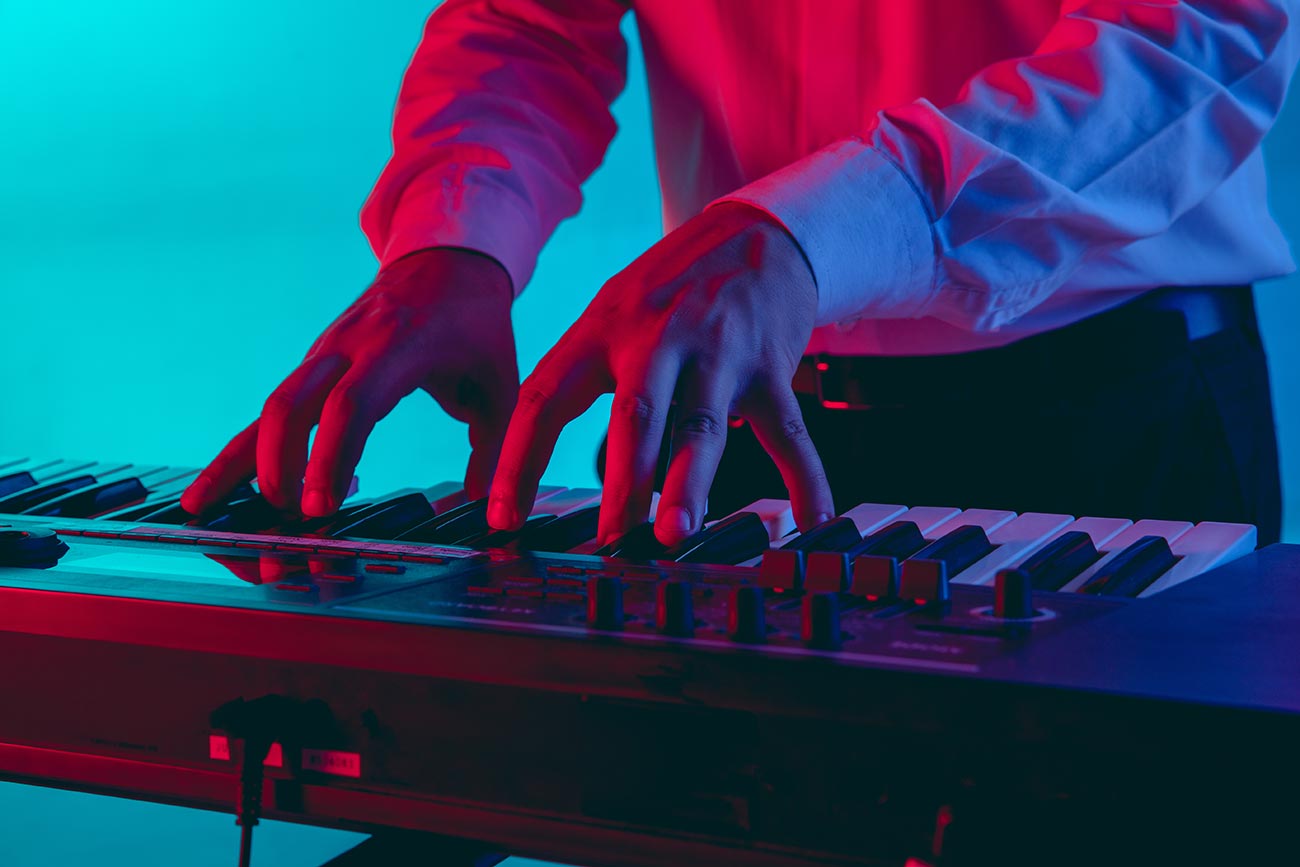
Latest posts
Current show

Get Twisted
Tough Love
London-based duo Tough Love has been at the forefront of the house scene for some time now since they started out in 2011. Their distinct production and energetic, bass-heavy DJ sets have created a cult following of hard-core fans across the UK and beyond.
closeUpcoming shows
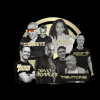
Love To Be
The Global Connection
21:00 - 23:00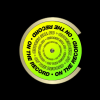
On The Record
Insomniac Events
23:00 - 00:00
Femme House
Lp giobbi
00:00 - 01:00
On The Record
Insomniac Events
01:00 - 02:00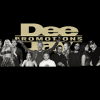
Fresh Is Fresh
This Weeks Hottest Releases
02:00 - 09:00Chart
Powered by Dee jay promotions visit us
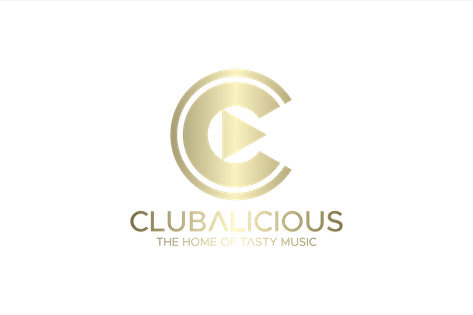






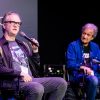

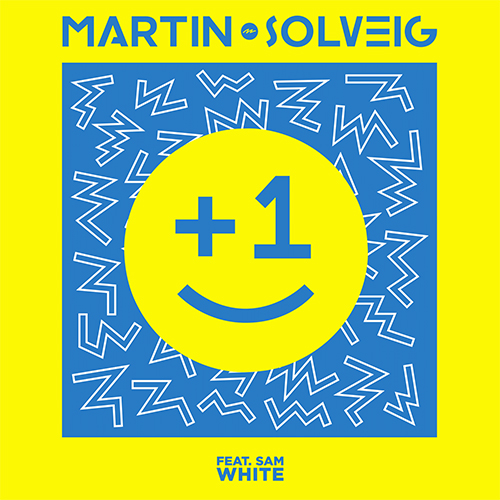
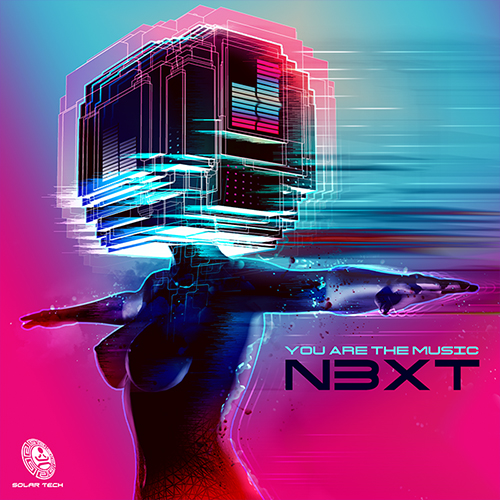
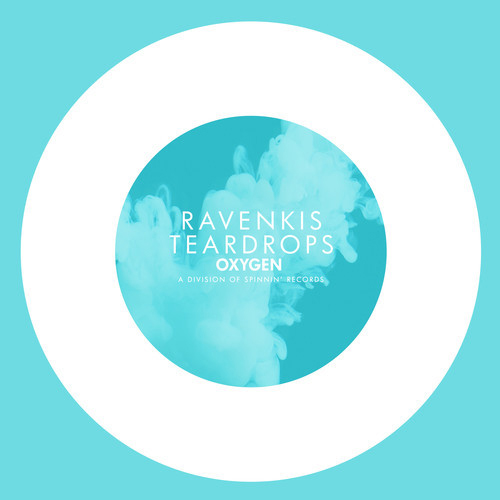
 Invalid license, for more info click here
Invalid license, for more info click here